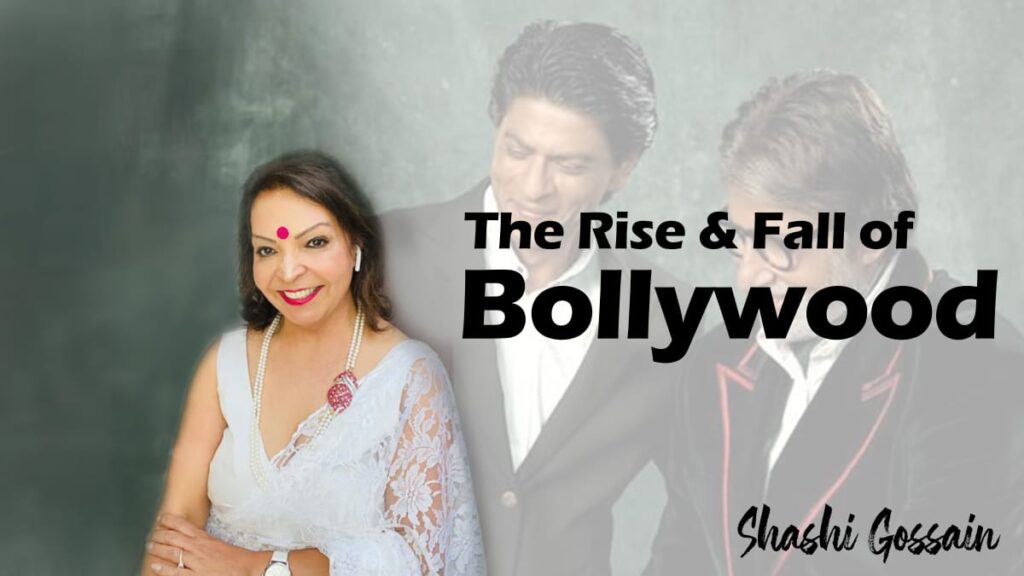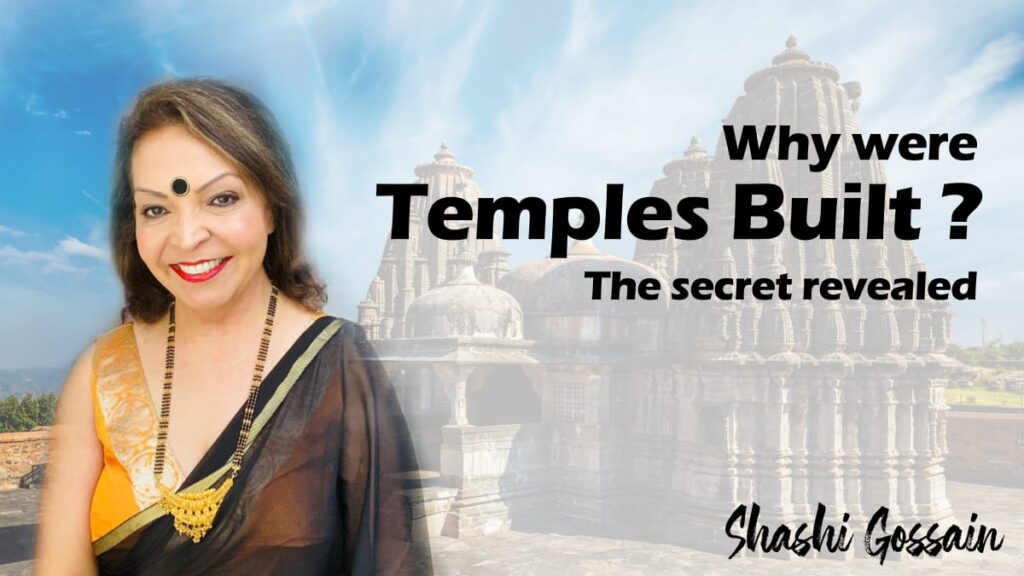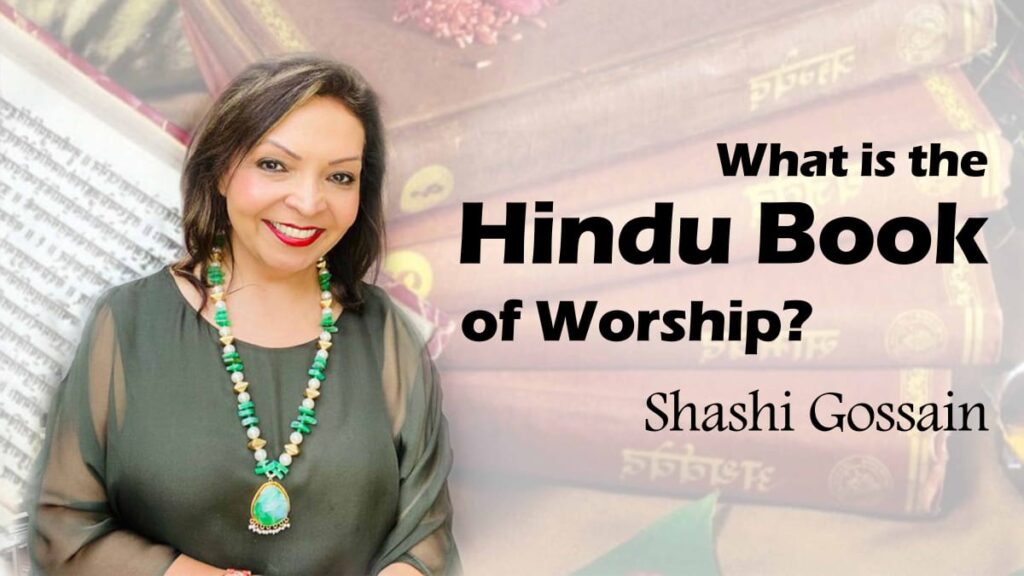Bollywood, a name synonymous with dance & music, brightly colored productions featuring elaborately choreographed song and dance numbers, often with 100 or so dancers, and a boy-meets-girl story with a happy ending. I remember a time, when we used to bunk school to see the latest Rajesh Khanna starrer film, to a point today, when I can barely look at the Bollywood actors now, without feeling absolute disgust? To understand this, we shall have to go back to history of Hinduism & India.
What is the history of India’s national cinema?
Hinduism dates to more than 5,000 years, and one of the reasons it has survived for so long, is due to our rich scriptures which have been depicted in story & dance form over centuries & generations.
There are original Hindu mythology plays & music that were immensely popular with stories of Ram & Sita, Radha & Krishna, which entertain us even today.
First Indian full length film-
The first Indian cinema dates back to 1913, when the silent film, Raja Harishchandra , the first-ever Indian feature film. Its producer, Dadasaheb Phalke, was Indian cinema’s first mogul, and he oversaw the production of 23 films between 1913 and 1918, all based on Hindu mythology. The early 1920s saw the rise of several new production companies and most films made during this era were from mythological literature, such as The Ramayana and The Mahabharata.
First talking film of India-
In the year 1931, Alam Ara was the first talking film that paved the way for the future of Indian cinema. The number of production companies began to skyrocket, as did the number of films being produced each year—from 108 in 1927, to 328 in 1931. Beautiful, giant air-conditioned movie palaces that could seat up to 1,000 people were built. There was a noticeable shift in audience makeup, namely in a significant growth in upper & middle-class attendees, who in the silent era accounted for only a small percentage of tickets sold. However, during the 2nd world war, there was a decrease in the number of films produced due to limited imports of film stock and government restrictions on the maximum allowed running time. 1937: Kisan Kanya was the first film made in color.
Indian cinema after Independence
It was around 1947 that the industry went through significant changes. One could argue that it was during this time that the modern Indian film was born. The mythological stories of the past were now being replaced by social-reformist films, which turned an often critical eye on such ancient social practices as the dowry system, polygamy, and prostitution. The 1950s saw filmmakers such as Bimal Roy and Satyajit Ray focusing on the lives of the lower classes, who until then were mostly ignored as subjects. The power of Indian cinema perhaps influenced the Indian government to pass laws to abolish:
- The caste system in 1950,
- The Hindu Marriage Act 1955, which allowed a man to have only one wife.
- The dowery act in 1961, which prohibited any exchange of money or property during a marriage by parents.
In 1964, Sangam was released, which was the first movie to be shot abroad, a honeymoon through several European cities. This led to romantic escapism & fantasy, which set a template for the Masala film, a mash of genres including action, comedy, and melodrama punctuated by approximately six song and dance numbers. This is the model still used for most contemporary Bollywood films, though greater attention is now paid to plot & character development, with dramatic tension, but its sheer star power that accounts for a film’s success. Rajesh Khanna starers were blockbusters that would often went to play for more than 50 weeks in a cinema. They were highly popular and financially successful.
Where did Bollywood come from and why?
The word, “Bollywood”, a spin-off from Hollywood was coined in 1970 by a gossip journalist, as the curiosity in the lives of megastars sored, & magazines were published to satisfy the fans.
Bollywood, Underworld and Nepotism
However, Bollywood was different from many other Indian industries, because the government didn’t recognize it as an “industry” in the first place, & not offered protection by any state government & in the past, no banks and financial institutions were allowed to invest in the Indian film industry. This gave rise to shady sources pouring money into the industry, by the Mafia or “underworld”, which has been corroborated on various occasions. Filmmakers and celebrities are forced to accept financing from Underworld. In 2001, the Central Bureau of Investigation seized all prints of the movie “Chori Chori Chupke Chupke” because they have discovered that members of Mumbai’s underworld had funded it. Once Mahesh Bhatt said that, “there’s hardly anyone in the film industry who has not been connected by the Mafia.” In 2001, the industry was finally recognised by the Indian government, & foreign investors entered the scene. Post 2001, the budgets of films has sky-rocketed, as has the scale of their world-wide grosses. However, with the underworld finance, a lot of movies were made which were anti-national & anti-Hindu. It’s a far cry of stories from films that were made on Hindu mythology in its early era, to a mockery made of Hinduism by Amir Khan in PK. During the “Me too movement” in 2017, when sexual harassment & rape & casting couch phenomena were high-lighted, many Bollywood stars, producers & directors were prosecuted & led to their downfall. However, nothing has marred the whole industry as much as recent revelations following the alleged murder of an upcoming actor, called Sushant Singh Rajput, or SSR. Connections of leading Bollywood actors with the Underworld, and with their desperation to stay in the top positions, there is growing evidence that young actors are killed. This has led to nepotism, where only sons/daughters of established stars are being offered lead roles, regardless of their acting skills. Even Abhishek Bacchan, has appeared in nearly 70 films, although he has not given any memorable performances, nor given any box-office hits, unless he is paired with a more successful heroine or in a multi-starrer. But he is there because he is the son of Amitabh Bacchan, who is undoubtedly, the most popular star. Viral videos of drug & alcohol abuse have circulated, together with cover-ups by their families. The underworld connections with political parties shut television channels & harassed anyone speaking against them. E.g. Kangana Raut’s home was demolished & now has been given top security by the government due to death threats as she exposed the ugly side of Bollywood. Even when evidence is presented, the Mumbai Police itself do not take action due to sheer fear & bribery. The recent events have destroyed the image of Bollywood & exposed the grossly selfish & corrupt nature of top actors & directors. There have been far too many unexplained deaths & the global movement for Justice for SSR has gained momentum, which has led to the fall of the stars to the ground. Previously on Shah Rukh Khan’s birthday, there used to be thousands of fans outside his mansion to wish him, but in 2020, not even one person turned up. This is the power of the people. They will vote with their feet & pockets. There has been a worldwide movement to boycott Bollywood movies with old, jaded stars, who are desperately trying to hold on to their top positions & sadistic producers. Fortunately, with the rise of Netflix, Amazon Prime, Apple TV & other platforms, new-comers are being given a chance. So is Bollywood, as we knew it finally had its death? Time will tell.



